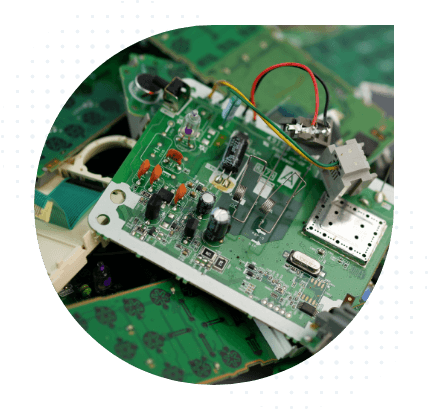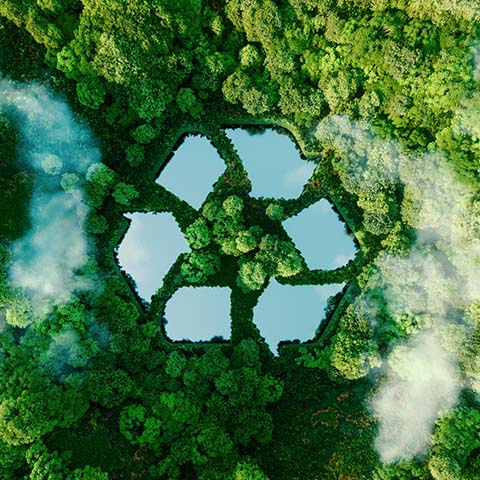Waste and Pollutants
- 12
- 9
- 8
- 7




Waste management
Qisda manages the waste by adopting the source management strategy, and, with constant energy saving and waste reduction activities, implements waste recycling and sorting in the source management to significantly reduce the waste produced, increase the amount of recycling, and further achieve the goal of waste reduction.
Qisda's Suzhou Plant and Vietnam Plant have obtained UL 2799 platinum and gold certifications, respectively. We classify types of waste and waste flow to seek opportunities of reducing waste by creating waste volume reduction plan. Moreover, limiting waste produced in plants by managing waste with 3Rs ( Reduce, Reuse, and Recycle) and minimizing volume of waste incineration. Furthermore, the Company conducts education and training for employees of key units to enhance their awareness of resource recycling and sorting.
- The waste generated by Qisda’s factories can be classified into different groups: general industrial waste, medical waste, solvent waste, and non-sortable discarded electronic components or electronic waste. During the process of operation and production, Qisda does not generate any hazardous waste in accordance with the Basel Convention’s definition. The environmental health and safety officers are responsible for managing most of the waste. Recyclable waste is moved to the resource recovery area for contractors to classify.

To increase the recycling rate, Qisda has established waste management procedures and recycling targets, which are presented at the quarterly corporate ESG meetings for review of action plans and goals to achieve long-term monitoring goals. The rates of reusable and recyclable of Qisda have been reached 90% for the past four year.
Qisda Suzhou Factory continues to devote itself to the improvement of environmental protection
Qisda Suzhou Factory continues to devote itself to the improvement of environmental protection, and the exhaust gas emissions have been steadily decreasing year by year. The main action plan adopted are as follows: For the painting production line with a lot of exhaust gas emissions, we improve the process from the source and change the raw material from oil paint to waterborne paint. On this basis, the terminal exhaust gas treatment equipment has also been upgraded and transformed the process from the “activated carbon adsorption” to the “activated carbon adsorption and desorption” , which is with a treatment efficiency over 80%.
For the waste gas treatment of soldering process, Qisda introduced water spraying and activated carbon adsorption facilities. The adsorption efficiency of the activated carbon is strictly controlled, and the replacement frequency of activated carbon has also been changed from once a year or six months to a quarter.In the use of cleaning solvents, we are also committed to replacing traditional high-volatile solvents and switching to environmentally friendly solvent.
Qisda’s action plans, such as raw material replacement and processing equipment optimization, not only significantly help reducing air emissions, but also allow employees to work in a more friendly, comfortable and safety environment.
Year | 2023 | 2022 | 2021 | 2020 |
|---|---|---|---|---|
VOCs | 5.76 | 7.33 | 11.62 | 15.33 |
Units:Tons




Want to know more detailed content?
Read Report Contents




